Here's how Brighton City Council candidates answered the big questions
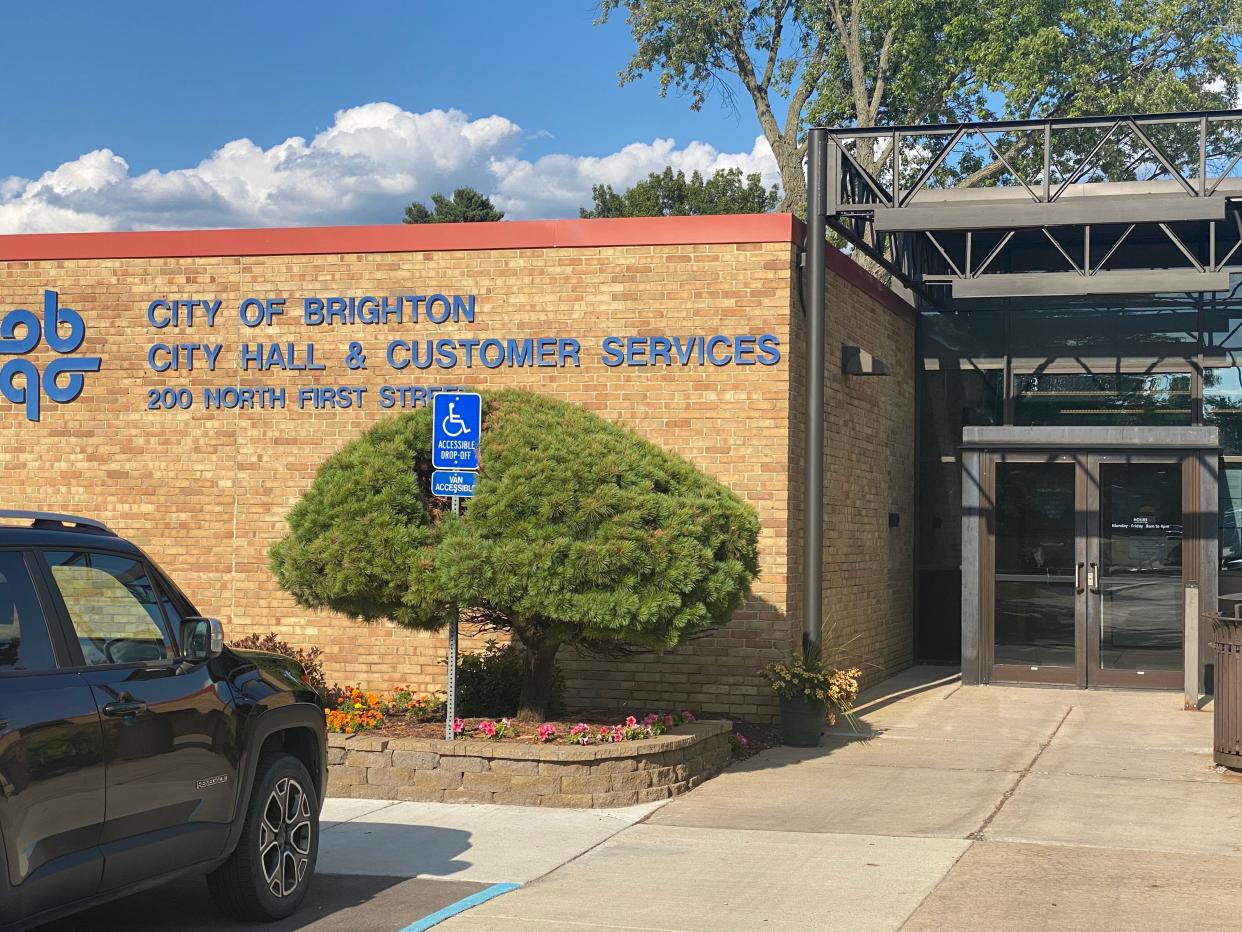
BRIGHTON — As the November election approaches, Brighton candidates are working to get their message in front of voters.
Six candidates are vying for four seats on Brighton City Council. The top three vote-getters will serve four-year terms, and a fourth will serve a two-year term.
The Daily sent the same questionnaire to all six candidates earlier this month. All six responded. They include incumbents James Bohn, Susan Gardner and Paul Gipson, and challengers Susan Bakhaus, Dennis Nauss and Ken Schmenk.
The answers below have been edited for length and clarity:
1. The revamp of the Brighton streetscape has been a major source of debate. Do you expect the changes to benefit downtown, and if so, why? Are the impacts of construction worth it?
Bohn: When completed, I fully expect the streetscape will be a boon for our downtown businesses. There would never be an optimum time to shut down Main Street for construction, but having construction happen while the economy is reasonably strong rather than it occurring during an economic downturn probably minimized the downturn our businesses experienced.
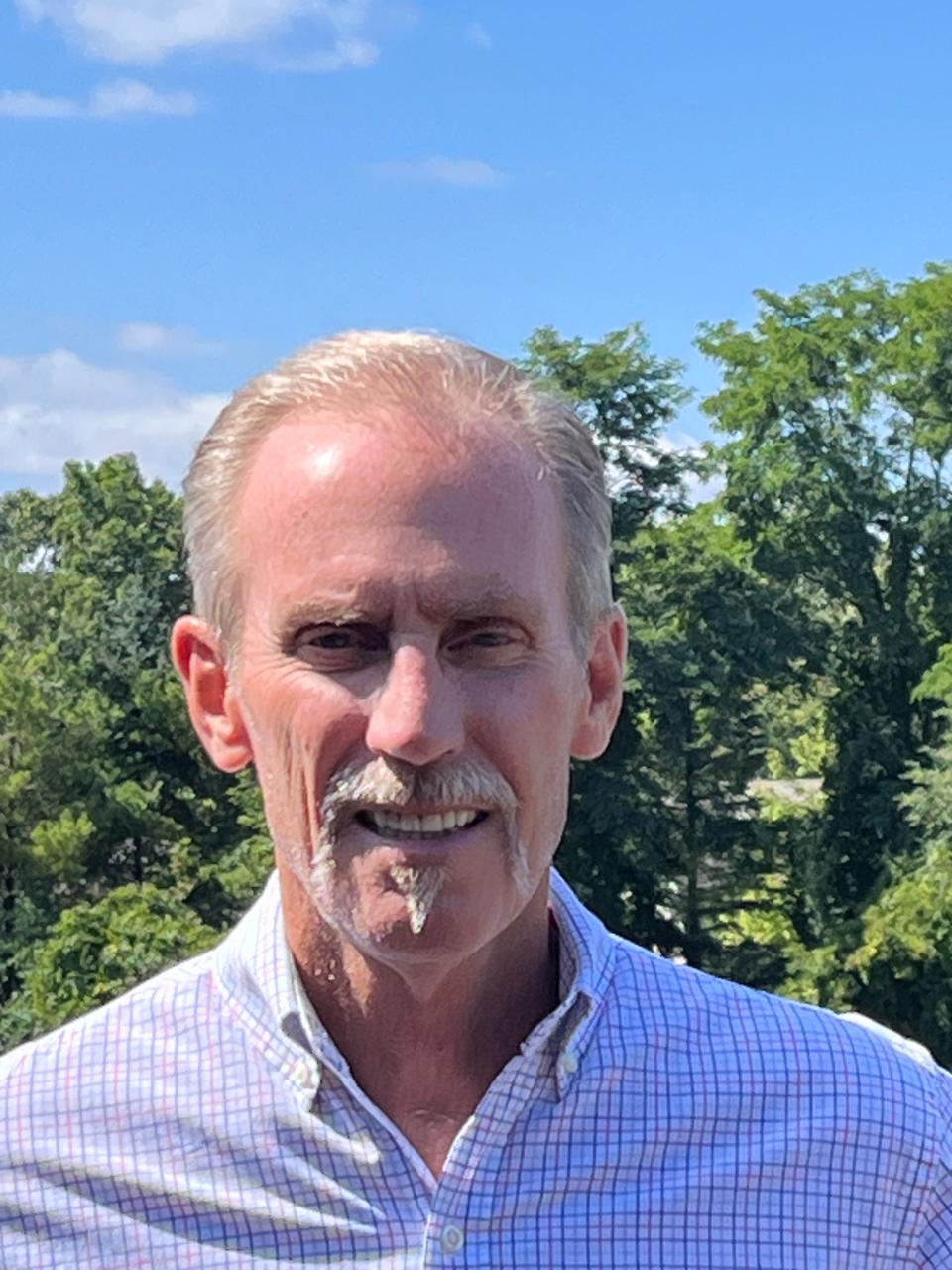
Gardner: Yes, I believe the changes will benefit the downtown. The 100-year-old water main has been replaced. Narrowed drive lanes will slow traffic; wider sidewalks accommodate those with pets, strollers, walkers, and wheelchairs. There is greater space for sidewalk dining, friend gatherings, and the events Brighton is known for.
Gipson: The changes will benefit downtown. One of the benefits we've already seen is the replacement of a 100-year-old waterline. We expect to see additional benefits in safety by making the sidewalks ADA compliant and reducing the overall speed of traffic. We also expect an improved and uniform aesthetic, similar to other cities that have done streetscape projects. The impacts of the construction will be worth it, but the current concerns are understandable. Other cities have seen permanent benefits that significantly outweigh the temporary construction impact.
Bakhaus: I disagree with the extent done via the streetscape. Removal of raised crosswalks, mill and overlay of road pavement and a redo of sidewalks would have been less costly and less of issue to residents, businesses and yearly events. Impacts? I believe come winter, the total impacts of the project will be seen.
Nauss: To begin with, we all need to understand that most of the infrastructure along Main Street needed replacement, so the underground work needed to be done, which would have disrupted the traffic with or without the streetscape changes. The cost and scope of the actual cosmetic changes can always be debated, but I believe the changes have upgraded our downtown experience dramatically.
Schmenk: The streetscape project was not a city council project. This project was sponsored by the DDA. I do believe the project will definitely benefit businesses and residents. Some points to consider are that the infrastructure under Main Street would have had to be updated in the near future, causing a similar disruption. I also believe the updated lighting, sidewalks being widened, new firepit being installed and the overall updated aesthetics make our downtown more desirable.
2. What are your thoughts on parking downtown? Are there opportunities to add more, and what would it take to make that happen?
Bohn: Parking continues to be a challenge. It's a good news problem, in that it means our downtown is in healthy shape. The most logical solution, which also happens to be the most expensive one, would be a parking structure. Neither the DDA nor the city has the financial resources available at the moment to pay for a parking structure. In the near term, continuing to partner with businesses via leasing parking lots seems the path forward for now.
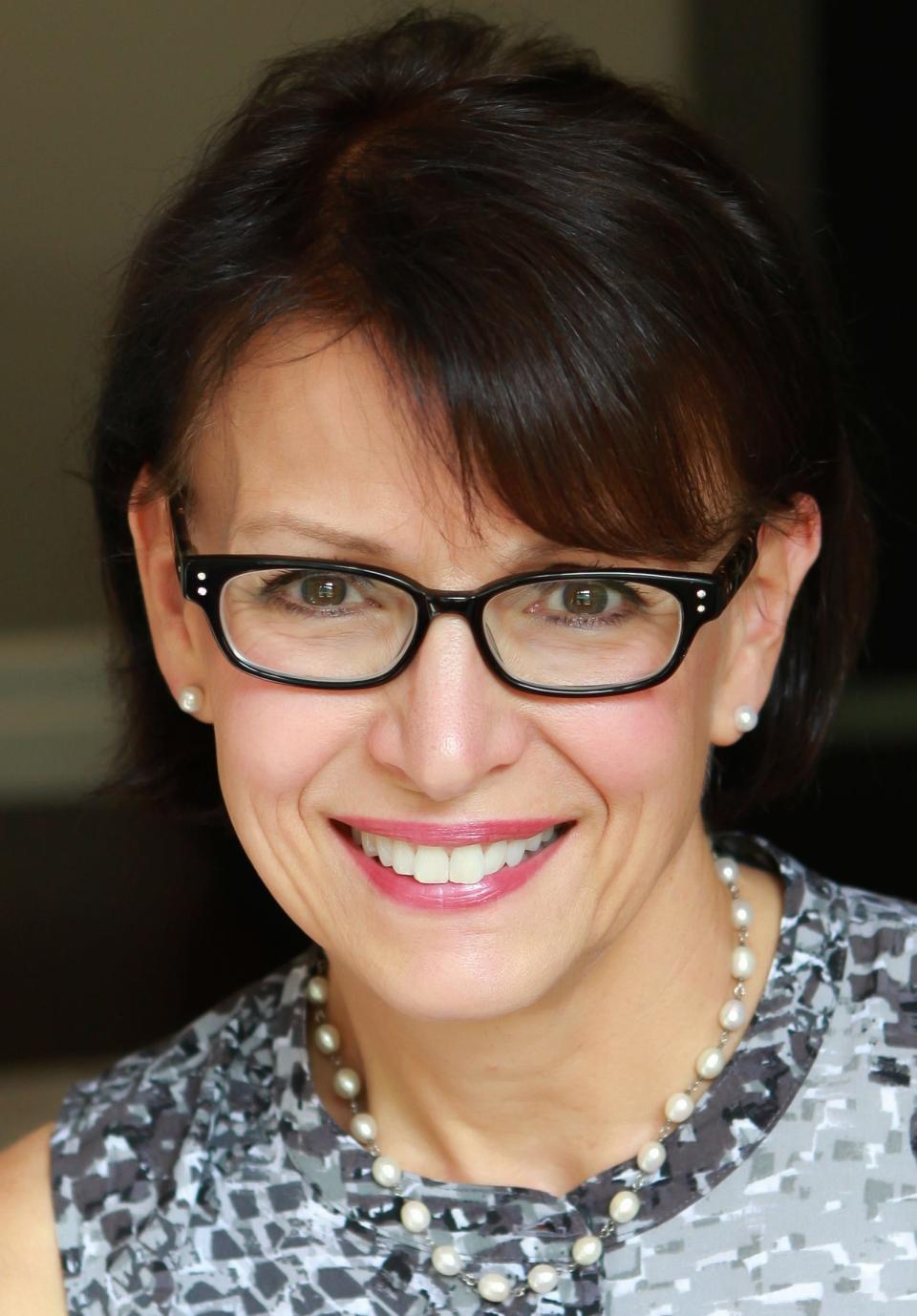
Gardner: Adequate parking is critical to Main Street, but the solution is complex, as many areas functioning as parking lots are privately owned and could be sold or developed. We have a popular downtown and the new streetscape will make it an even bigger draw. Discussions are ongoing, including options on how to fund the cost. The goal is a long-term plan that benefits businesses, residents and visitors.
Gipson: We need more parking. There are always opportunities to add more, but it takes a significant amount of resources, collaboration and creativity. We are constantly trying to address parking, but only a fraction of that work is ever made public, given its inherently confidential nature. I cannot comment further on current efforts to obtain more parking.
Bakhaus: As council has had numerous closed sessions, of which one has to assume have been discussions about parking, there is no right or wrong answer.
Nauss: Parking is critical for the survival of downtown businesses. A parking structure is inevitable — how it would be funded and how existing parking lots are maintained should not be put on the residents, but rather should be put on the users, which for the most part, would be non-residents. I believe a reasonable hourly fee should be charged all non-residents for parking, with residents having free access. ... That income, coming from non-residents, could be used to fund all of the parking in the downtown area.
Schmenk: Parking is one of the issues I would like to address if I am elected. This would be one of my top priorities. To accomplish this, we would need to look at state grants/funding and our budget to see what resources are available. The other issue is a suitable location. Since there is limited space downtown, we would need to determine where we can put a parking structure. I believe we can find a spot when the Fifth Third Bank moves their location to Main Street. They will be tearing down their old building, and this could be a great location for a parking structure.
3. In recent years, there's been discussion about housing density downtown and what kinds of housing best fit with the city's character. How can the city balance residential growth with maintaining the status quo?
Bohn: The city is basically built out. The last major piece of property (Lindbom School) will soon be under construction with apartment townhomes. Consumers' preferences are changing, with more people seemingly preferring maintenance-free living. With the Vista at Brighton on Second Street, Conley Square on Flint Road, and the development at Lindbom School, developers are building to meet consumer needs. All are high density developments. I believe consumers will ultimately decide residential balance.
Gardner: Goals of the city’s master plan include mid-priced housing and growing a residential base to support downtown businesses. ... (Recent) controlled growth adds vibrancy and offers choices to those who might otherwise live elsewhere. Keeping tax dollars in Brighton supports critical services and funds amenities promoting the beauty, charm, and family-friendly environment we all enjoy.
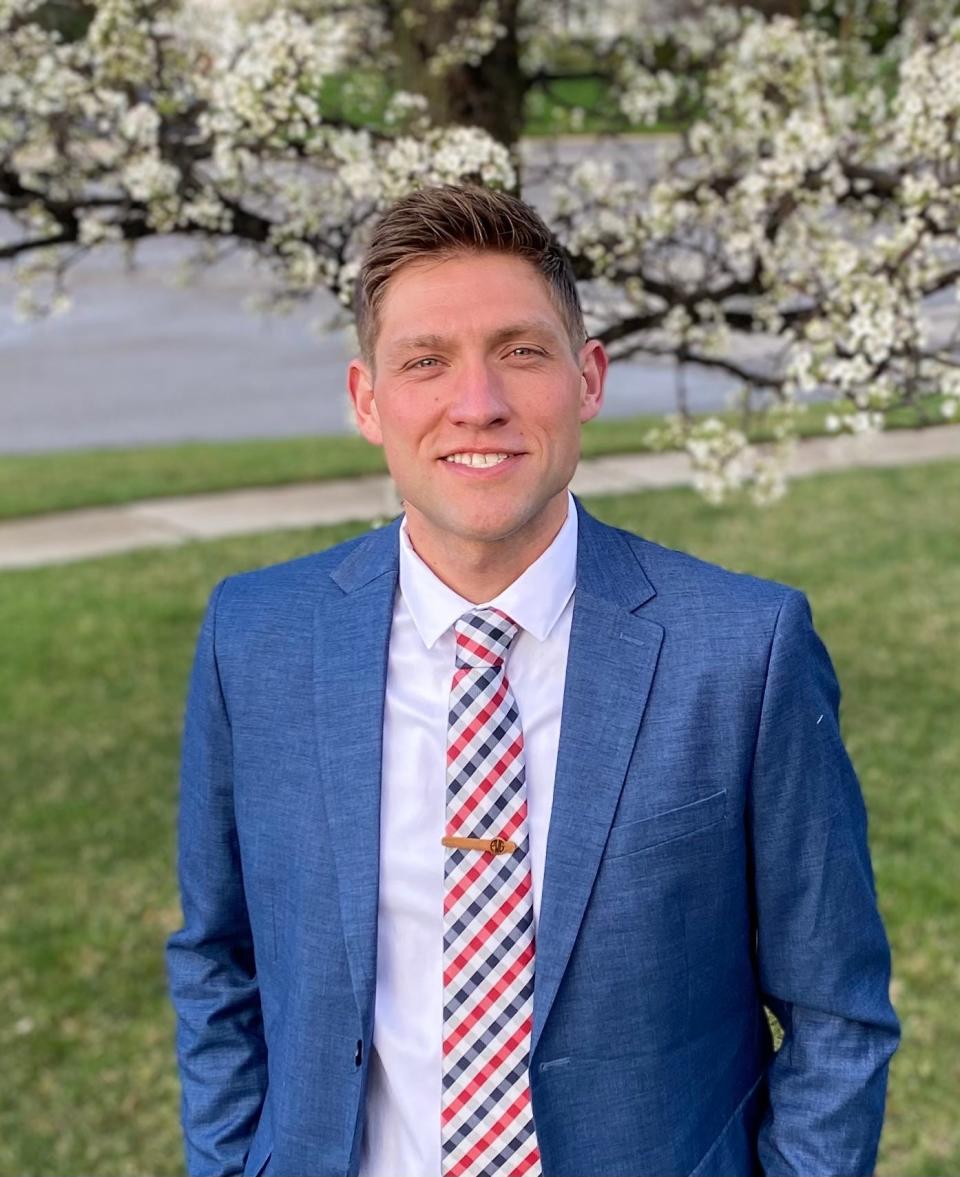
Gipson: Our master plan calls for “quality and diversity of housing” and our zoning has limitations on building height. Our master plan is five years old and is set to be reevaluated this upcoming year. We are also getting to the point where we need to evaluate how many more PUDs our city can handle, considering that we have over 500 being added in the next few years, and just as many more being built on our borders. We need to focus on controlled growth so that we can increase our tax base while maintaining our small town feel.
Bakhaus: Due to neighboring townships becoming charter townships, the city can no longer annex land. It's not an obligation of the city proper to build or allow built, high-density housing. It's an obligation of the city to protect the status quo.
Nauss: Given the fact that there's a limited available land for further development within the city limits, our options are limited. We should focus on refurbishment or rebuilding of existing structures while maintaining the current structural integrity and existing neighborhood looks.
Schmenk: Again, we have limited land available to develop in our city of three square miles. I am on the planning commission and zoning board for the city. We would have to balance the types of housing and parking availability. We would also need to review the city master plan and zoning to determine how we address housing density and areas that are suited for it. ... I want to maintain our small town feel.
4. What’s one development or infrastructure improvement you feel is particularly needed in Brighton?
Bohn: Our aging waste water treatment plant is in need of significant refurbishment. After 30 years, there's a considerable amount of equipment and infrastructure approaching the end of its useful life. Finding a financial way forward to fund the needs at the treatment plant will be a priority for the next city council.
Gardner: The city’s critical infrastructure need is investment in the city’s wastewater treatment plant. Our plant is 30 years old and bringing it to current regulatory standards is estimated at $25 million. A strategic solution is being worked on to ensure continuation of this key service. Beyond that, and from what I’ve heard from residents, I would say a downtown parking deck and more outdoor space (is needed), including a dog park and pickleball courts.
Gipson: We have $100 million in infrastructure needs, $30 million of which is right around the corner with our wastewater treatment plant. We also have a significant amount of waterline that needs to be replaced and/or maintained. his does not include parking, city buildings in need of serious repair, and a sidewalk gap program that needs funding. We also need to get the dam upgraded, the downtown bathrooms improved, repairs to the tridge, and numerous streets resurfaced.
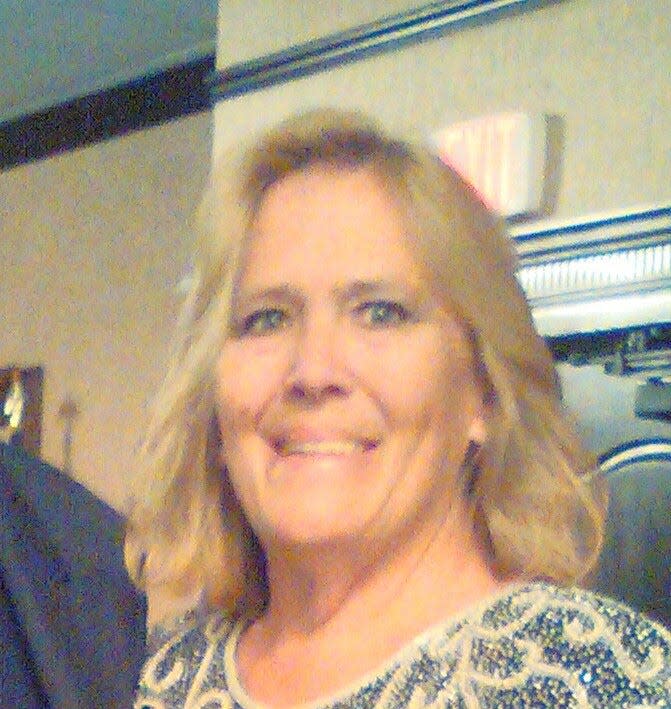
Bakhaus: To only look at the city's 2.9 square miles for projects, rather than things that will bring outsiders into city.
Nauss: Refurbishing and updating the city’s wastewater treatment plant.
Schmenk: Downtown parking would be at the top of my list. As mentioned above, we have limited space to develop a parking structure, and this would cause more disruption to our downtown businesses during construction. However, for us to grow as a city and attract more outside visitors, a parking structure would be a great addition. This will also help our residents with ample parking and generate additional revenue for our city.
5. Politics seem to be more and more partisan these days. What will you do to keep your position focused on all of your constituents?
Bohn: City council positions are nonpartisan. If state and federal government operated like local government, we would not see the partisan divide that we have today. Compromise leading to consensus typically results in the best decisions. My role is to make sure that personal politics never enter the council chambers.
Gardner: Council is a nonpartisan role, so party politics do not come into play. Council’s decisions are made for the benefit of all city residents as related to safety, budgetary constraints, and continuation of critical services.
Gipson: This is a nonpartisan position and we do not have the time nor the money to be political. The longer answer is that this is one of the reasons why I am running for council. I am practical, not political. There is plenty of political grandstanding at the state and federal level and we have more than enough common, local problems to keep us busy for the foreseeable future.
Bakhaus: I disagree with the question. We are city residents and property owners. Partisanship doesn't come into it.
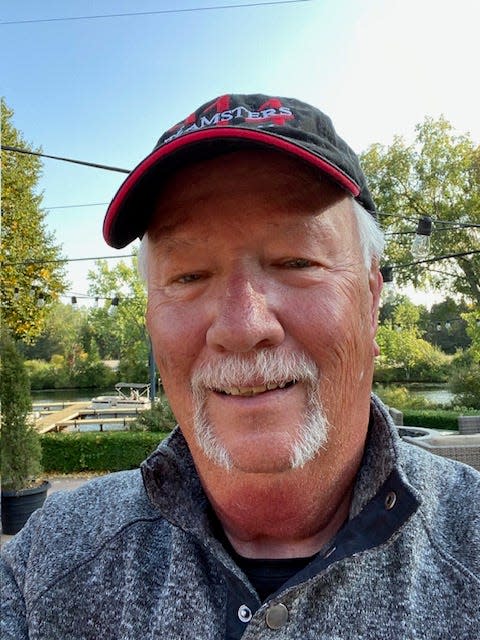
Nauss: Even though I was recognized as the “token” Democrat on city council, I was able to establish a record for all, seeking the common ground for resolving any issues the council might face. Our position is nonpartisan, so being affiliated with any political party should not be allowed to be the driving force behind any of our decisions.
Schmenk: The city council position is and always has been a nonpartisan position. I have attended many city council meetings over the years and have never heard politics being discussed or pushed in a meeting. I also don't see politics come up in the planning commission or zoning board meetings. I pledge to continue to keep politics out of the city council, planning and zoning meetings.
Subscribe: Get all your breaking news and unlimited access to our local coverage
6. If elected, what’s the first thing you’ll do once in office/during your new term?
Bohn: The first thing I will do is to pledge to the voters that I will continue to serve with integrity and to represent them to the best of my ability.
Gardner: Research of the city’s master plan, now up for its five-year review. I will be looking at residential ordinance language for how to meet the needs of today’s single-family homes. Also, where appropriate, the incorporation of artistic elements, greenspace, and recreational activities.
Gipson: I was appointed to council in February 2022. I’m not waiting until November to do anything. We actively address issues as they arise.
Bakhaus: To put the taxpayers back in the loop of what's going on in the city. Putting notices in the papers. Notices in city hall windows. More informative minutes for and from all city boards.
Nauss: I would get to know the other council members and city staff and make sure they know me. We must all work together if anything is going to get accomplished.
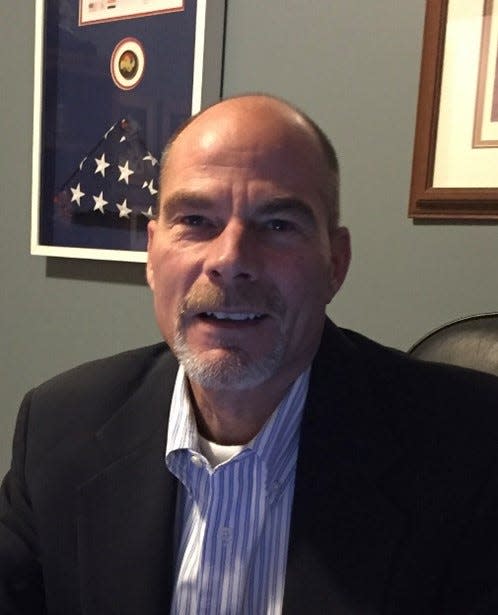
Schmenk: I would work with the residents and listen to their concerns and direction for the city. I would also work with the current city staff. I have already reached out to the police chief, DPW director, city manager, current city council members and the city development manager to see what their goals are and how I can help.
7. What’s one thing you want to address that you feel the city isn’t addressing?
Bohn: Both council and staff have been focused on the right things and have positioned the city for success. Continuing the positive momentum and working together will ensure that the resident and business owner needs are addressed.
Gardner: Added focus on being shovel-ready for a variety of grant opportunities, especially for streets, the millpond boardwalk, sidewalk gap funding, and non-motorized safety. This requires city staff time, allocation of funds to pay for engineering, and a bit of luck in matching projects to grant timing.
Gipson: We have an abundance of problems, limited resources, and an incredible staff that knows how to prioritize issues in light of getting the biggest return on investment. We also have a humble city manager with an open door that routinely addresses every issue brought to her attention through direct contact, through council, and during the call to the public at each meeting. Simply put, we have a solid system of collecting and prioritizing issues as they arise. There is one issue that I would like to see get moved up the priority list — the dam. It's an expensive project, but there would be a good balance of increased safety and utility.
Bakhaus: Listening to city residents and property owners first.
Nauss: Expansion of neighborhood sidewalks. The city has done a great job doing repairs of existing sidewalks, but many areas of the city still have no sidewalks at all. If we are to be a walkable city, then we need sidewalks to make walking a safe activity.
Schmenk: I believe council and city employees do a fantastic job. I am proud to live in the city of Brighton. I would like to see if we can have some better messaging for our residents, as well as our businesses in the city. I would also like to see if we could make quicker decisions on some issues. ... I love the city and look forward to helping our city move in the right direction.
— Contact reporter Jennifer Eberbach at jeberbach@livingstondaily.com.
This article originally appeared on Livingston Daily: Here's how Brighton City Council candidates answered the big questions

